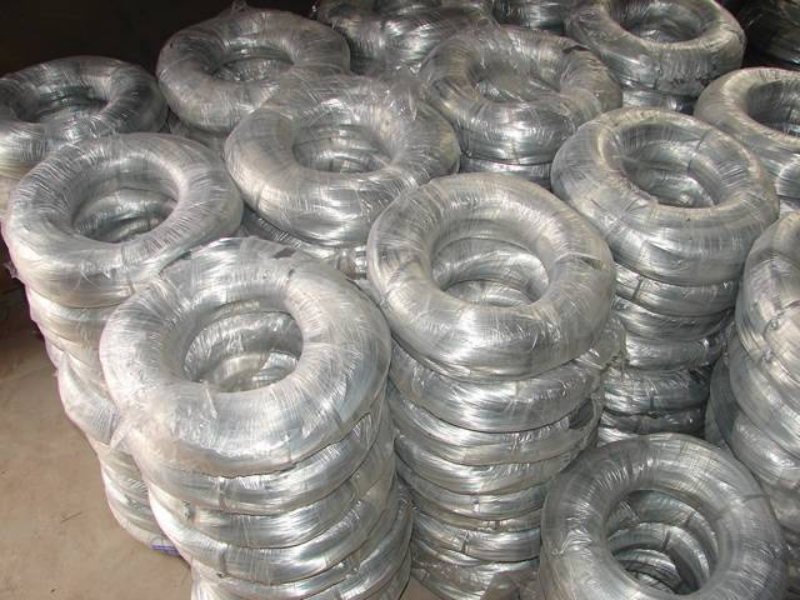
- Mobile Phone
- +8613931874955
- sales@cntcmetal.com
truss mesh reinforcement
Truss Mesh Reinforcement A Comprehensive Overview
Truss mesh reinforcement plays a crucial role in modern construction, providing structural integrity and durability to various types of concrete structures. This innovative reinforcement method is gaining popularity in the construction industry due to its effectiveness in accommodating the tensile stresses that concrete, while strong in compression, cannot withstand alone. In this article, we will delve into the concept of truss mesh reinforcement, its applications, advantages, and the future of this essential technology.
Understanding Truss Mesh Reinforcement
Truss mesh reinforcement consists of a network of interconnected steel bars or wires formed into a mesh pattern, resembling a truss. This pattern enhances the overall strength and stability of concrete slabs, beams, and other structural elements. The design of truss mesh allows the even distribution of loads, which helps mitigate the potential cracking and deformation of concrete over time.
The truss mesh is usually manufactured in large sheets, making it easier to handle and install on-site. This method allows for significant savings in labor time and costs, as the installation process is streamlined compared to traditional rebar placement. The fabricated mesh is available in various sizes and configurations, accommodating different structural requirements.
Applications in Construction
Truss mesh reinforcement is widely used in various applications across the construction industry. Some common uses include
1. Floor Slabs Truss mesh reinforcement is frequently employed in industrial and commercial buildings where large, flat surfaces are required. It provides the necessary strength to support heavy machinery and furniture, reducing the risk of cracking over time.
2. Pavements and Roadways The durability and load-bearing capacity of truss mesh make it an excellent choice for asphalt and concrete pavements. It increases the lifespan of surface materials and reduces maintenance costs.
3. Bridges and Overpasses Given the dynamic loading conditions that bridges face, truss mesh reinforcement provides an essential layer of support. Its robust design ensures that bridges can withstand heavy vehicle traffic and environmental stresses.
4. Retaining Walls In applications where soil pressure is a concern, truss mesh reinforcement can be incorporated to enhance the structural stability of retaining walls, preventing failure due to lateral earth pressures.
truss mesh reinforcement

Advantages of Truss Mesh Reinforcement
The benefits of utilizing truss mesh reinforcement in construction are numerous. Some of the key advantages include
- Improved Load Distribution The truss design allows for an even distribution of stress across the surface, reducing the likelihood of localized failures and extending the service life of the structure.
- Enhanced Durability Truss mesh helps to minimize cracking in concrete under various loads and climatic conditions, leading to longer-lasting structures that require less frequent repairs.
- Cost-Effective With quicker installation times and reduced labor costs, truss mesh reinforcement systems can be more economical compared to traditional rebar methods.
- Versatility Truss mesh can be customized to fit various shapes and sizes, making it suitable for a wide range of construction projects.
The Future of Truss Mesh Reinforcement
As the construction industry continues to evolve, the demand for innovative reinforcement technologies like truss mesh is expected to grow. Advances in material science may lead to the development of even stronger and lighter mesh products, further improving the efficiency of construction practices. Additionally, as sustainability becomes a key focus, the integration of recycled materials into truss mesh manufacturing may enhance its ecological footprint.
Moreover, with the rise of digital construction technologies like Building Information Modeling (BIM) and advanced prefabrication methods, the precision in designing and installing truss mesh reinforcement will likely improve, leading to enhanced safety and performance.
Conclusion
In conclusion, truss mesh reinforcement stands out as a vital component in modern structural engineering. Its ability to enhance concrete's performance under tension, along with its cost and labor efficiencies, make it a preferred choice for a wide variety of applications. As the construction sector embraces new technologies and sustainable practices, truss mesh reinforcement will undoubtedly continue to evolve, playing an integral role in the future of resilient and durable construction.
share:
-
Your Source for Concrete Wall Ties and Masonry AccessoriesNewsJul.10,2025
-
Unlocking the Power of Iron Wire for Every ProjectNewsJul.10,2025
-
Explore Advanced Chain Wire and Stainless Steel Mesh FencingNewsJul.10,2025
-
Discover the Benefits of Annealed Wire ProductsNewsJul.10,2025
-
Discover China Stainless Steel Wire Mesh SolutionsNewsJul.10,2025
-
Build with Confidence Using High-Performance Masonry AccessoriesNewsJul.10,2025
-
Why Sacrificial Formwork Is Redefining Underground ConstructionNewsJun.06,2025



















